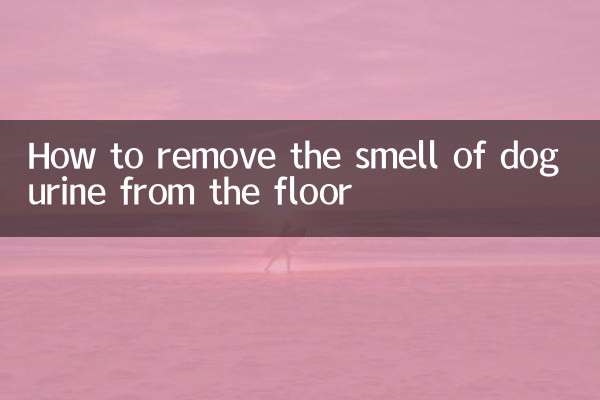How to treat nasal congestion in cats
Feline rhinotracheitis (feline infectious rhinotracheitis) is a common respiratory disease in cats, mainly caused by herpesvirus and calicivirus. Among the pet health topics that have been hotly discussed on the Internet recently, the treatment and prevention of nasal branch in cats have become the focus. This article will combine the hot content of the past 10 days to provide you with structured data and suggestions.
1. Symptoms of nasal branch in cats

| Symptoms | Frequency of occurrence (discussion popularity in the past 10 days) |
|---|---|
| sneeze | high |
| Runny nose (purulent or watery) | high |
| increased eye discharge | in |
| decreased appetite | in |
| cough | low |
2. Treatment methods
According to discussions between pet medical experts and pet owners in the past 10 days, the treatment of cat nasal branch requires a combination of the following measures:
| Treatment | Specific operations | Things to note |
|---|---|---|
| antiviral drugs | Such as famciclovir (veterinary guidance required) | Use strictly according to dosage |
| antibiotics | For secondary bacterial infections (such as doxycycline) | Avoid long-term use |
| nutritional support | Supplement lysine and vitamin B complex | Choose pet-specific supplements |
| environmental management | Keep warm and moist, disinfect daily | Avoid using harsh disinfectants |
3. Recently popular auxiliary therapies (data source: social media discussion popularity)
| Complementary therapy | Discuss the popularity index | Validity verification |
|---|---|---|
| aerosol treatment | 85 | Veterinary recommendation (professional equipment required) |
| Lactoferrin | 72 | Some studies show it is effective |
| Honey water soothes throat | 65 | Only relieves symptoms, needs to be diluted |
4. Preventive measures (key discussions in the pet-raising community in the past 10 days)
1.Vaccination:The core vaccine (cat triple vaccine) can reduce the risk of severe disease, and kittens need to be vaccinated according to the program
2.Environmental disinfection:Use hypochlorous acid disinfectant (a hot-searched product recently) and disinfect the environment 2-3 times a week
3.Isolation measures:New cats must be quarantined and observed when they arrive at home. Households with multiple cats must be quarantined immediately if cases are found.
4.Improve immunity:Supplement probiotics regularly and maintain a balanced diet (the topic "Pet Immunity" has recently been read more than 2 million times)
5. Medical Guidelines
Based on the pet hospital admission data in the past 10 days:
| red flag | Situations that require medical treatment |
|---|---|
| Refusal to eat for 3 consecutive days | seek medical attention immediately |
| Shortness of breath (>40 breaths/minute) | Emergency treatment |
| Nasal bleeding | Other diseases need to be ruled out |
6. Key points of nursing care during recovery period
1.Diet management:A popular suggestion recently is to feed warm canned food staples (search volume increased by 120%)
2.Eye Care:Use pet-specific eye drops (sales of a certain brand of eye drops increased by 80% in the past 7 days)
3.Humidity control:Keep the ambient humidity at 50%-60% (humidifier has become a new necessity for raising pets)
4.Regular review:Observation is required for 2 weeks after symptoms disappear.
Warm reminder: The "garlic therapy" and other folk remedies recently circulated on the Internet (discussions have increased sharply), have been confirmed by veterinarians to be harmful to cats. Please be sure to consult a professional pet doctor. The treatment cycle for cat nasal branch usually takes 2-4 weeks, and patient care is the key.

check the details

check the details